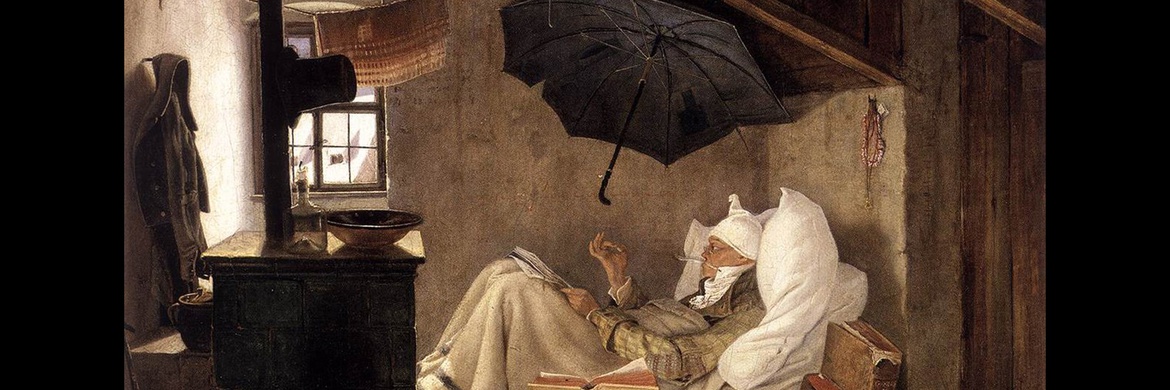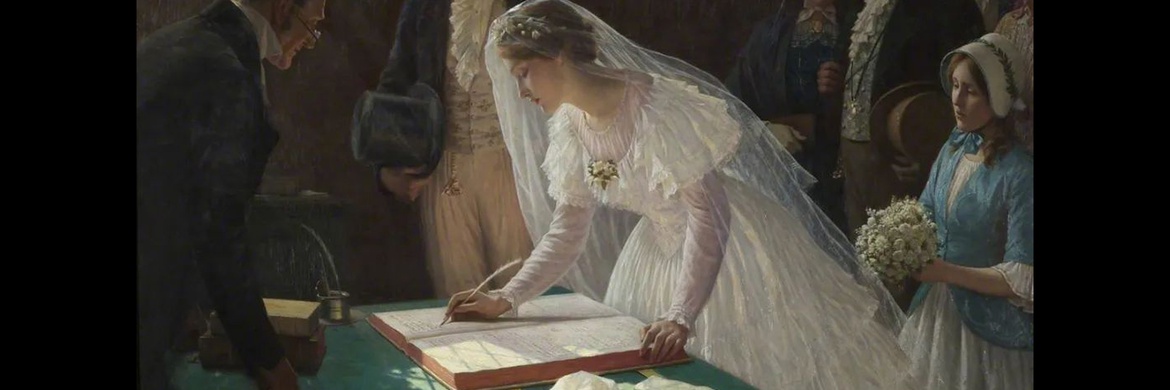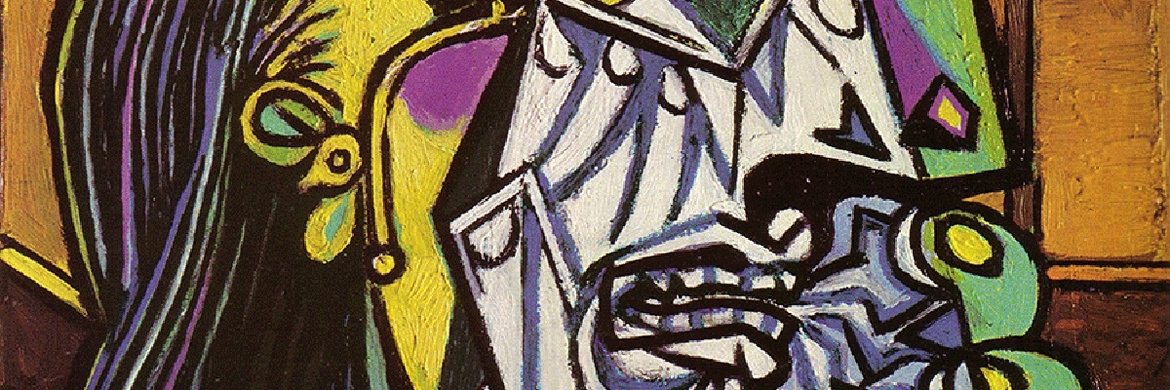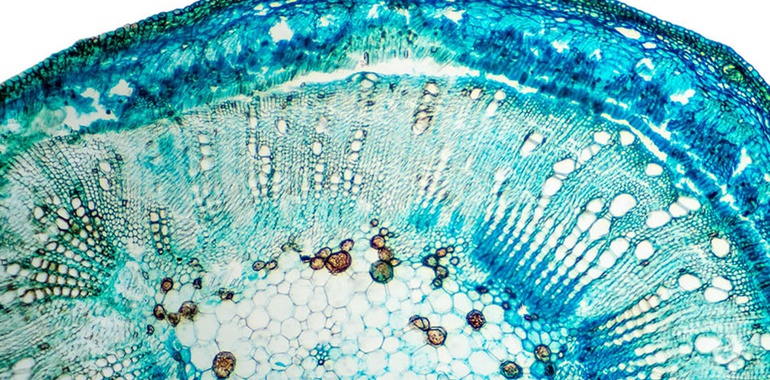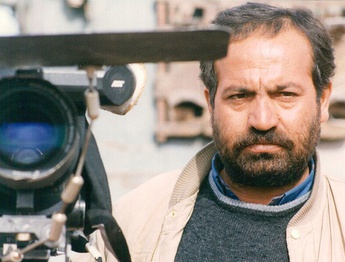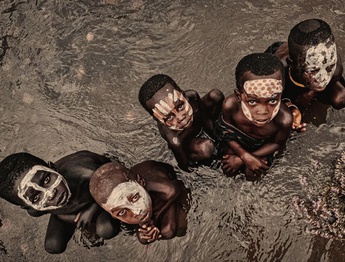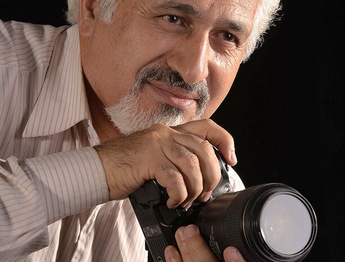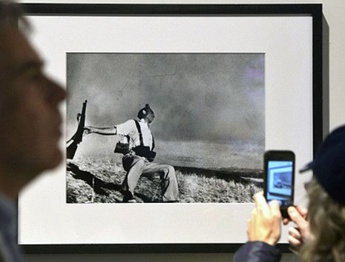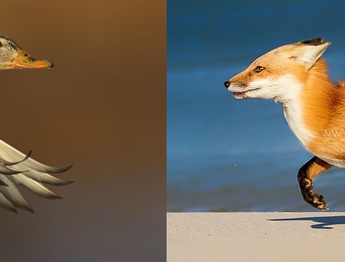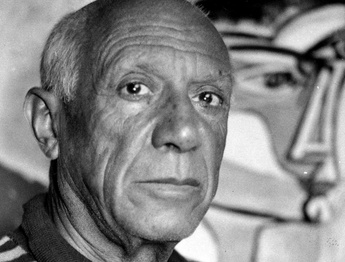In 1839, photography entered the public sphere in the form of daguerreotypes, metal-based images formed with the help of chemicals like iodine and mercury. Almost immediately, a growing class of professional scientists put photography to work, expanding and systematizing what had largely been the realm of amateurs up until this time. The output of their work can be seen as early as 1843, when the English botanist Anna Atkins published a book featuring photos of algae.
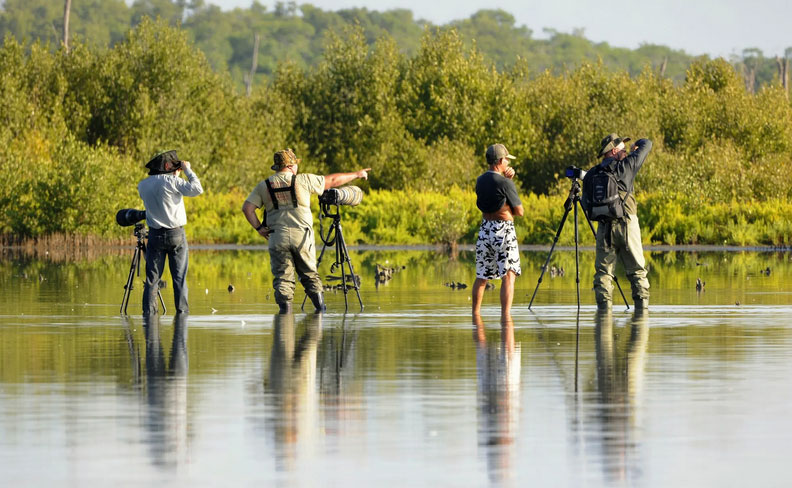
Photographs were a tool for the advancement of various sciences
Since then, advancements in photography have continued at breakneck speeds, increasing both the technology’s availability and power. Flexible film, introduced in the 1880s by Kodak founder George Eastman, simplified the process of taking photographs. The halftone process, the act of reducing photographs to tiny individual dots, emerged around this same time and opened up photography to mass distribution. And while the first color photograph was taken in 1861, it would be another roughly 100 years before it became widely available and accepted.
The spread of photography in the world of science
As photography progressed, its use in various sciences such as the natural sciences increased. Michael Peres is an award-winning photo educator, author, and photographer, as well as a faculty member of Rochester Institute of Technology’s School of Photographic Arts and Sciences. Peres explains the evolution of natural science photography as one driven as much by curiosity as a commitment to expanding human understanding. “There was a new device and scientists wanted to try it,” he says. “They wanted to see if they could help science, help discovery, help teach, learn, and improve society as a whole.”
Sure enough, from cells to stars, researchers have used ever-more powerful cameras and lenses to observe the previously observable, document new discoveries, and raise awareness of the ecosystems we rely so heavily on.

Natural science photography has helped to make people more aware of the world
Astrophotography
In 1851, a man by the name of John Adams Whipple took the first known surviving photograph (a daguerreotype) of the moon — and the field of astrophotography was born. Nine years later, James Wallace Black got in a hot air balloon and pointed his camera at the city of Boston, hundreds of feet below. The result is the oldest surviving aerial photograph.
Today, rovers, satellites, and powerful ground-based telescopes are continuously unveiling new discoveries, ranging from our own atmosphere to deep space. “We can visually see Mars now, and not just guess what’s up there,” Peres says.
Getting us to this point has had its own set of unique problems, namely exposure to the high levels of radiation just beyond Earth’s atmosphere. “Cosmic and gamma radiation destroy pixels over time,” he explains. “So our devices can’t live up there very long and NASA is constantly wrestling with how to protect their cameras’ sensors or create algorithms that manage dead pixels.”
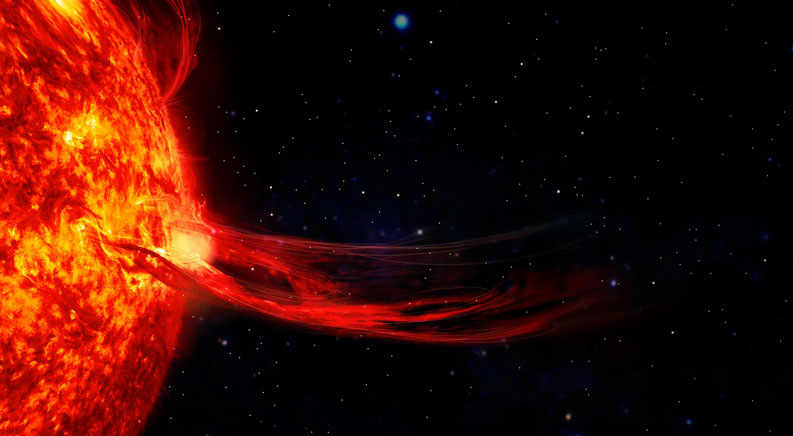
Cosmic radiation and gamma rays over time destroy the pixels of the images. For this reason, our cameras can not be located outside the Earth's atmosphere for a long time.
Photography in physics
In many ways, photography plays an overlapping part when it comes to physics and astronomy. This is most clearly the case when scientists are looking at the behaviors of gases and the colors that stars emit. From this information, scientists are able to determine what kind of gases are present, as well as other insights about an object’s makeup and movement.
Photography has influenced the study of airflows, allowing researchers to answer questions ranging from how to launch an eight-ton aircraft into the air to how to improve gas mileage through better aerodynamics. “Photography can help us see what happens when air goes over a car, or what happens when the air goes over an airplane wing, or what happens when a bird flies through the air based on the air density differences,” Peres says.
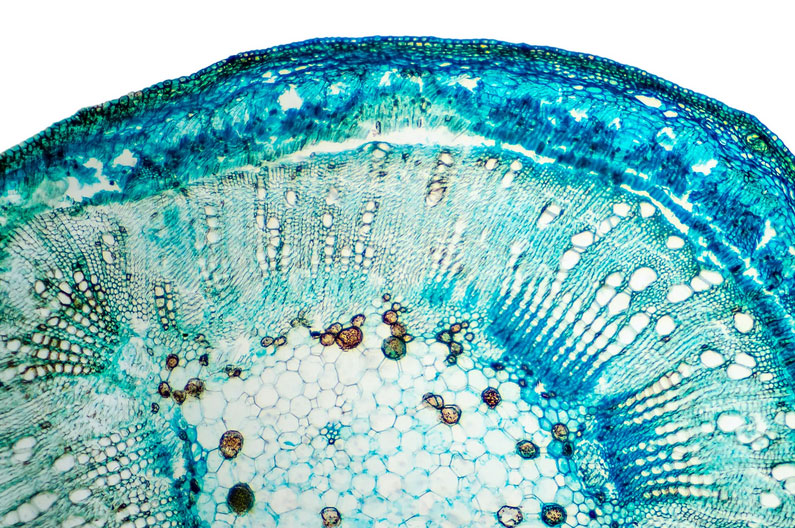
A significant part of this is the advancement of science in the microscopic examination of bodies.
Photography in Biology
Photography has played an especially pivotal role in advancing and expanding the field of biology, says Peres. “Drone imaging and infrared, crop damage and deforestation — what’s not being done with photography and biology?”
Driving many of these efforts is the urgent need to document and raise awareness of the effects of the ongoing climate crisis, particularly when it comes to its impact on wildlife and landscapes. “What's happening to rivers and the evaporation and mapping and monitoring and measuring — it’s all part of this explosive growth in photography’s role in biology,” Peres says.
Driving many of these efforts is the urgent need to document and raise awareness of the effects of the ongoing climate crisis, particularly when it comes to its impact on wildlife and landscapes. “What's happening to rivers and the evaporation and mapping and monitoring and measuring — it’s all part of this explosive growth in photography’s role in biology,” Peres says.
Equally impressive is what’s occurring in the field on the microscopic level. “Scientists are growing cells in Petri dishes and taking pictures through microscopes every single day to learn how to regenerate nerve cells,” he adds. “Genetic engineering, agriculture, the collapse of the honeybee’s world — we’re able to study all of it over time because of photography.”
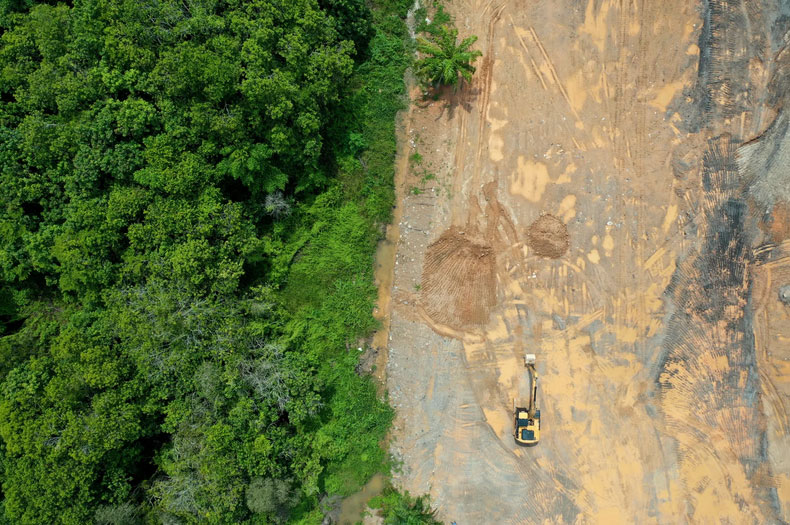
Satellites measure global warming through thermal imaging
Photography in geology
Taking a step further back, there is also the category of earth sciences more generally. This includes hurricane cameras, cameras that attach to ocean-dwelling animals, as well as satellites measuring global warming through thermal imaging, and so much more.
Peres says that recently, infrared imaging has allowed farmers to use drones to study their crop yields by illuminating sick plants versus healthy ones based on their color signatures. “Weather, water, climate change, animal migrations — photography has a role in all of it,” he says.
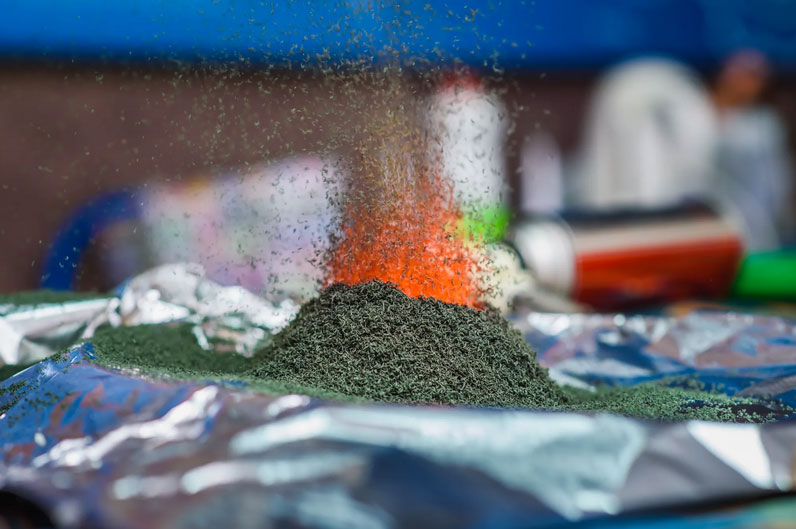
Photography in Chemistry
When it comes to chemistry and photography, it’s mainly about the pharmaceutical, forensic, and Petro-Chemical industries. “They’re ginormous,” Peres says. One reason for that is their ability to capture and study how materials behave in all kinds of environments and on a microscopic scale. “They can analyze a material or the presence of the creation of crystals or chemical reactions using spectrophotometry or ultraviolet,” he says.
In this way, researchers for these companies are using photography to answer questions like how to accelerate crop yields and even extend the lives of the very sick.
“There's nothing that doesn't touch chemistry or chemistry doesn't touch,” Peres says. The same could therefore be just as easily said of photography.
The future of scientific photography
Photography itself continues to change — and it’s radically changing the world of natural sciences. “We cure diseases and discover galaxies through photography,” Peres says. Cameras roam Mars and document our digestive system in the form of tiny pills.
To ensure ongoing discovery and advancement, future generations must be taught not only the art but the ethics of photography within the scientific setting. “Edit a photograph of space and you could delete an entire galaxy,” Peres says.
With a strong set of best practices in place, Peres sees little chance of photography-driven advancements slowing down. If anything, he anticipates the opposite. “I bet you the life cycle of how long it took for a discovery continues to get shorter and shorter based on tools and technology and the ability to communicate.”

